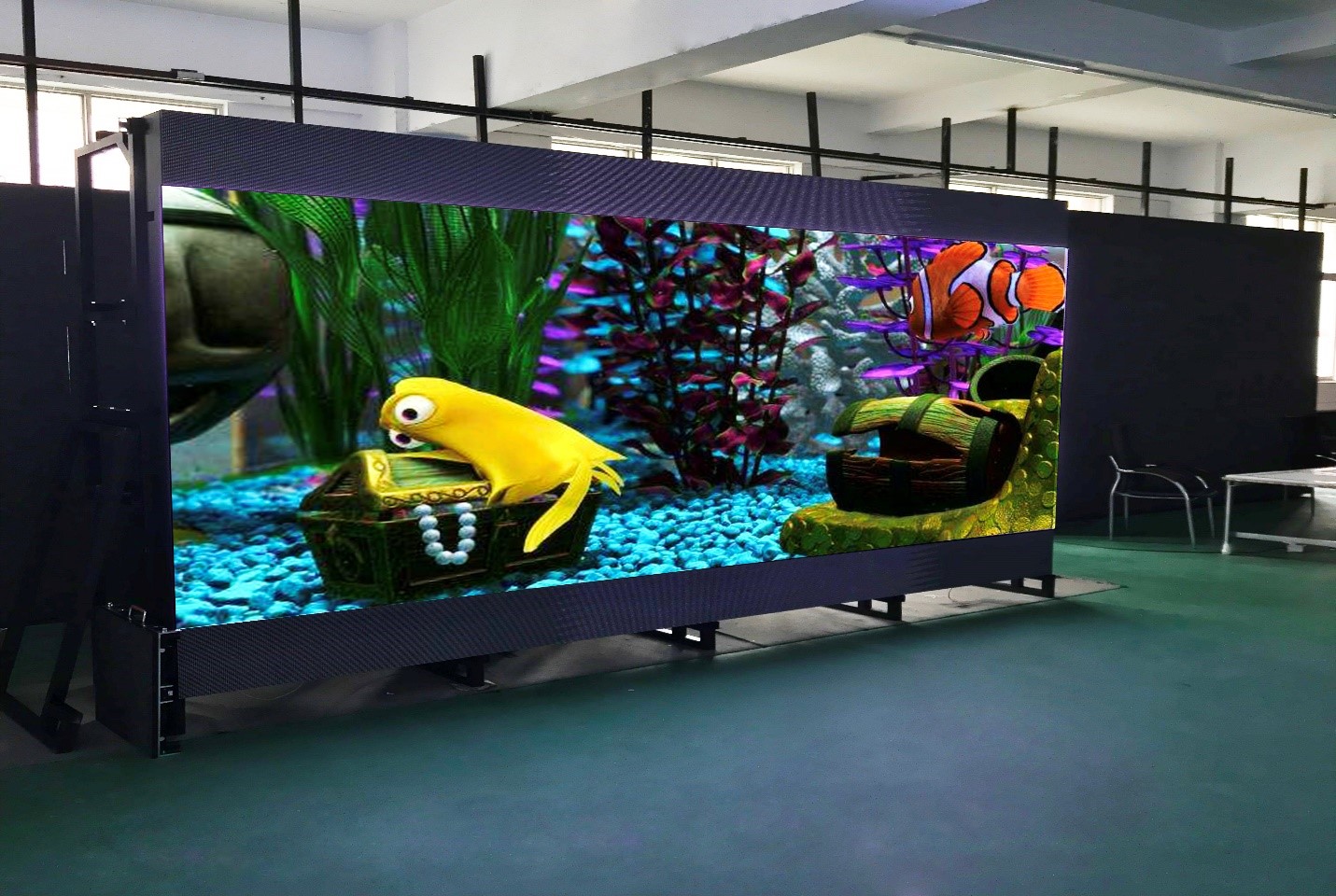If your business is starting in digital signage on LED screens, you’re in the right place. Here, you will know the main variables to take into account when selecting the best LED screen for your clients and projects.

Let’s get started!
Where will it be installed?
This is the first and most important question. Not only because it defines the type of luminosity but also the type of protection. Understanding whether the project is indoor or outdoor with the protection it needs against environmental agents is the easy part.
But what does it mean to have a “SemiOutdoor” screen?
Simply the semi-outdoor screens are LED display that require high luminosity (from 4000 CD / mts2 to +/- 6000CD / mts2) but that do NOT require advanced protection against dust and more importantly, intense volumes of water, such as a torrential rain. At this point you will already assume that they are the perfect displays for Showcase with natural light or even with direct sunlight, but in which you do not need to invest in the protection of the elements. It is a cheaper LED screen than Outdoor.
Brightness - Will it have natural, direct or indirect light?
This section is closely related to the previous one. Although Indoor screens require a brightness of between 600 to 900 CD / mts2, for Outdoor screens we have more variables to define. The first question of course is about whether direct sunlight impacts directly at any time of the day, but for how long and at what time?
If the screen is exposed throughout the day for example at a summer event, you will require a screen of 5500 CD / mts2 up to 6000 CD / mts2, especially so that at noon its content can be seen without setbacks.
If this light is in the early morning or late afternoon, with a brightness of 4000 CD / mts2 to 4500CD / mts2 it will be more than enough and you will save on budget for you and your client. This luminosity also applies to a showcase where other artificial lighting is strong and we need to stand out.
Finally, if it has natural light, but the sun is not direct and in general there is shade (trees, for example), 2000CD / mts2 will be more than enough for your screen.
NOTE: If it is a screen that will also be turned on at night or will be 24/7, it should not be forgotten that you have a brightness regulator to protect the vision of passers-by at night and also reduces consumption.
Pitch - How far will the public see it?
Answering this question, we define the size of light bulb that we must request for a screen and the number that you know (P3, 4, 5, etc.) corresponds to the millimeters of separation between LED bulbs. Of course the smaller the size and its spacing, the smaller the PITCH.
What is considered HD?
There are 2 important definitions.
At this time, this consideration is made from P2.5mm or less, reaching P0.88. It means that, in the LED screens that achieve the best resolution, the separation distance between bulbs can be 1mm or less, reaching Full HD and up to 4K there are enough square meters.
The other consideration is how we named it, the final screen size. You can achieve incredible resolution for long distances if the screen is large enough to reach 720 x 480 pixels.
Contact us to learn more about LED displays.
By continuing to use the site you agree to our privacy policy Terms and Conditions.